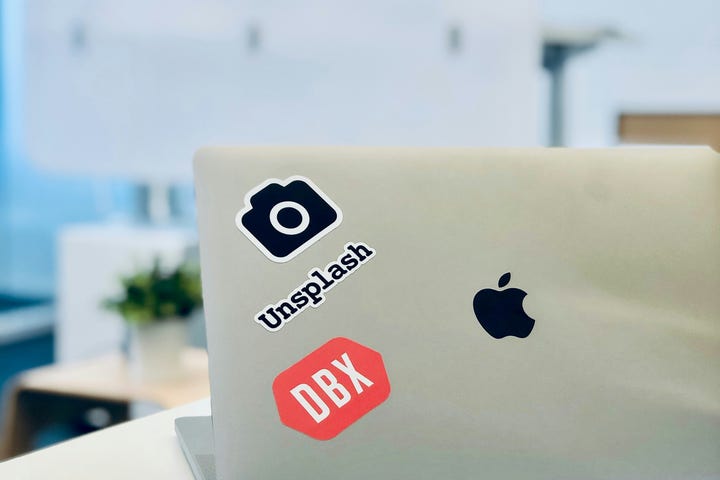Here's Why Dropbox is a Strong Growth Stock Dropbox, Benzinga, Zacks Premium by https://www.benzinga.com/

AI Insights:
Simple Explanation:
Dropbox is a company that helps people store and share their files on the internet. It's like a big digital box where you can put your stuff and then let others see it if you want them to. The article says that Dropbox is doing very well and growing fast, which means it could be a good choice for investors who want to make money by buying its stock. Read from source...
Critical Perspective:
1. The title is misleading and overly positive: "Here's Why Dropbox is a Strong Growth Stock". It implies that the author has presented a compelling case for why Dropbox will continue to grow strongly in the future, but it does not provide any evidence or data to support this claim.
2. The author uses vague and general terms like "powerful brand", "innovative solutions", "customer loyalty" without defining them or providing any measurable indicators of their impact on Dropbox's performance.
3. The author cherry-picks some positive aspects of Dropbox, such as its revenue growth, user base, and customer satisfaction, but ignores other important factors that could affect its future prospects, such as competition, regulatory risks, or technological challenges.
4. The author makes several emotional appeals to the reader, such as "Dropbox is a must-have tool for any business", " Dropbox has changed the way we work and live", but does not provide any objective or verifiable evidence to back up these claims.
5. The author ends with a strong recommendation to buy Dropbox stock, without considering any potential downsides or risks involved in investing in the company.
Sentiment Analysis:
Positive
Key points:
- Dropbox is a cloud storage and collaboration platform that allows users to access and share files from any device.
- The company has been growing rapidly, increasing its revenue by 20% YoY in Q1 2021 and adding more paying customers.
- Dropbox has also been investing in innovation, expanding its ecosystem with new features and integrations that enhance user productivity and satisfaction.
- The company has a strong competitive position in the cloud storage market, thanks to its brand recognition, user loyalty, and scalable infrastructure.
- Dropbox has a long runway for growth, as it targets more enterprise customers and international markets, while also benefiting from the growing demand for remote work and online collaboration tools.
Summary:
The article presents a bullish case for Dropbox as a strong growth stock, highlighting its recent financial performance, innovation strategy, competitive advantage, and growth opportunities. The author argues that Dropbox is well positioned to capitalize on the trends of cloud computing, digital transformation, and remote work, and that it offers attractive returns for investors who are looking for exposure to the cloud storage sector.
Investment Analysis:
We are not financial advisors. It's always essential for you to consult with a financial advisor and do your research before making any decisions about investments.
- Dropbox is a strong growth stock because it has a large and loyal user base, a diversified revenue stream, and a strategic focus on innovation and expansion. Some of the key risks include competition from other cloud storage providers, regulatory hurdles, and potential cybersecurity threats.
- A possible investment strategy could be to buy DBX at its current price around $20 per share and set a stop-loss order at $15 per share to limit potential losses. Then, aim for a 20% gain and sell the shares at $24 per share or higher. This would result in a profit of $4 per share ($24 - $20) or a 20% return on investment (ROI).
- Another possible investment strategy could be to use options trading to leverage the growth potential of DBX while reducing the upfront cost and risk. For example, one could buy a call option with a strike price of $20 and an expiration date in six months, which would give them the right to purchase 100 shares of DBX at $20 per share anytime before the expiration date. The current premium for this option is $4 per contract, which means they would pay $400 to enter this position ($4 x 100). If DBX reaches or exceeds $28 per share by the expiration date, the option would be worth $800 ($28 - $20 x 100), resulting in a profit of $400 ($800 - $400) or a 100% ROI. However, if DBX falls below $20 per share by the expiration date, the option would expire worthless and they would lose their initial investment of $400. This strategy involves higher risk and requires more expertise in options trading.